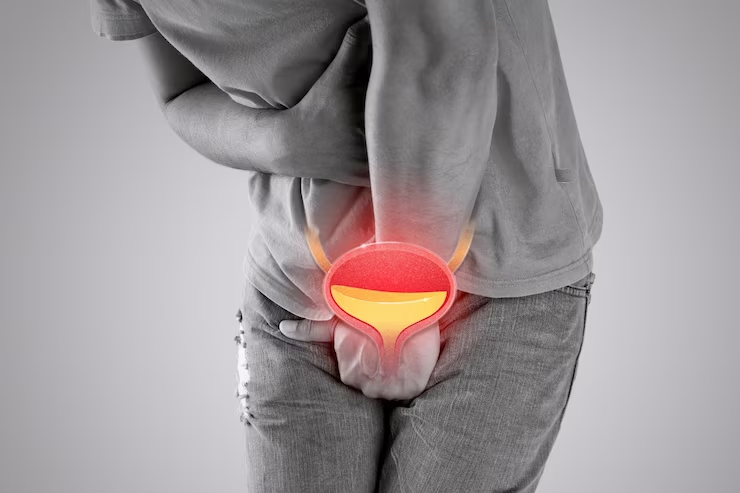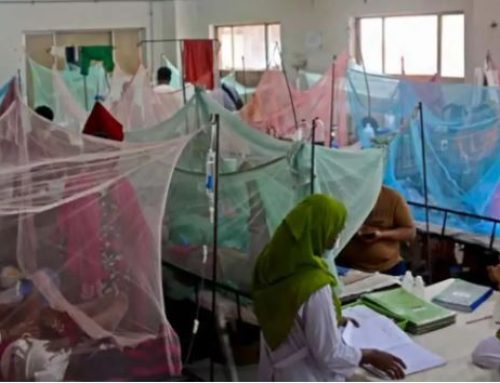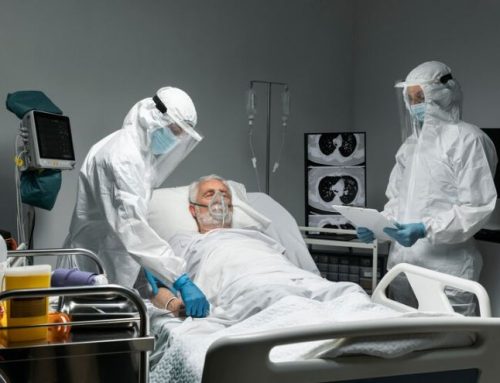Project Description
Author: Arif et al.
Summary:
Background: Carcinoma of rectum is a common clinical entity and approximately 3.9% of the total new cancer cases in the world. About 95% of the rectal cancer is adenocarcinoma. Treatment planning is dependent on tumor location, staging, grading and histopathological variety of the cancer. Surgery is the mainstay of treatment but in locally advanced carcinoma rectum, neoadjuvant chemoradiotherapy has been proven to decrease the local recurrence rate and facilitate the surgery. Appropriate treatment strategies should focus on maintaining high cure rates while minimizing acute toxicity and long term treatment induced functional morbidity. Concurrent chemoradiotherapy can be delivered either by Three Dimensional Conformal Radiotherapy (3D-CRT) or Intensity Modulated Radiotherapy (IMRT) technique. The present study was initiated with the purpose to compare clinical response & acute toxicity between 3D-CRT and IMRT in patients with locally advanced rectal cancer treated with curative intent.
Materials and methods: This quasi-experimental study was carried out among 60 patients of locally advanced rectal cancer from November 2021 to October 2022 who had fulfilled the inclusion and exclusion criteria and were equally distributed into two treatment Arms. Sampling technique was purposive sampling. Arm-A received concurrent chemoradiotherapy by 3D-CRT and Arm-B by IMRT technique with oral Capecitabine. All the patients were followed up & were analyzed and later sent for surgery within 6 to 12 weeks after completion of neoadjuvant concurrent chemoradiotherapy treatment.
Results: After 4 weeks of completion of chemoradiotherapy treatment, it was observed that 04 (13.33%) patients showed complete response in Arm-A and 06 (20%) in Arm-B, whereas 12 (40.00%) patients in Arm-A and 13 (43.33%) patients in Arm-B had partial response.
Treatment response was statistically insignificant between the Arms (p>0.05). There was significant occurrence of grade-2 and above diarrhoea (36.67% vs 13.34%) and radiation proctitis (40.00% vs 10.00%) in 3D-CRT Arm than IMRT Arm (p<0.05). Hematologic, upper gastrointestinal & genitourinary toxicities during chemoradiotherapy were almost similar in two Arms (anemia: 20.00% vs 16.67%, p=0.60; neutropenia: 20.00% vs 10.00%, p=0.37; thrombocytopenia: 00.00% vs 03.33%, p=0.25; nausea: 00.00% vs 03.33%, p=0.25; vomiting: 03.33% vs 03.33%, p=0.98; oral mucositis: 03.33% vs 03.33%, p=0.98; genitourinary toxicity: 10.00% vs 03.33%, p=0.27).
Conclusion: There was no difference in clinical response between 3D-CRT and IMRT as neoadjuvant concurrent chemoradiation for locally advanced rectal cancer, despite IMRT having a lower total dose and shorter overall treatment duration. In comparison to 3D-CRT, IMRT had fewer incidences of diarrhea and radiation proctitis-like acute toxicities.
Status: Ongoing
Full text link: Not available



